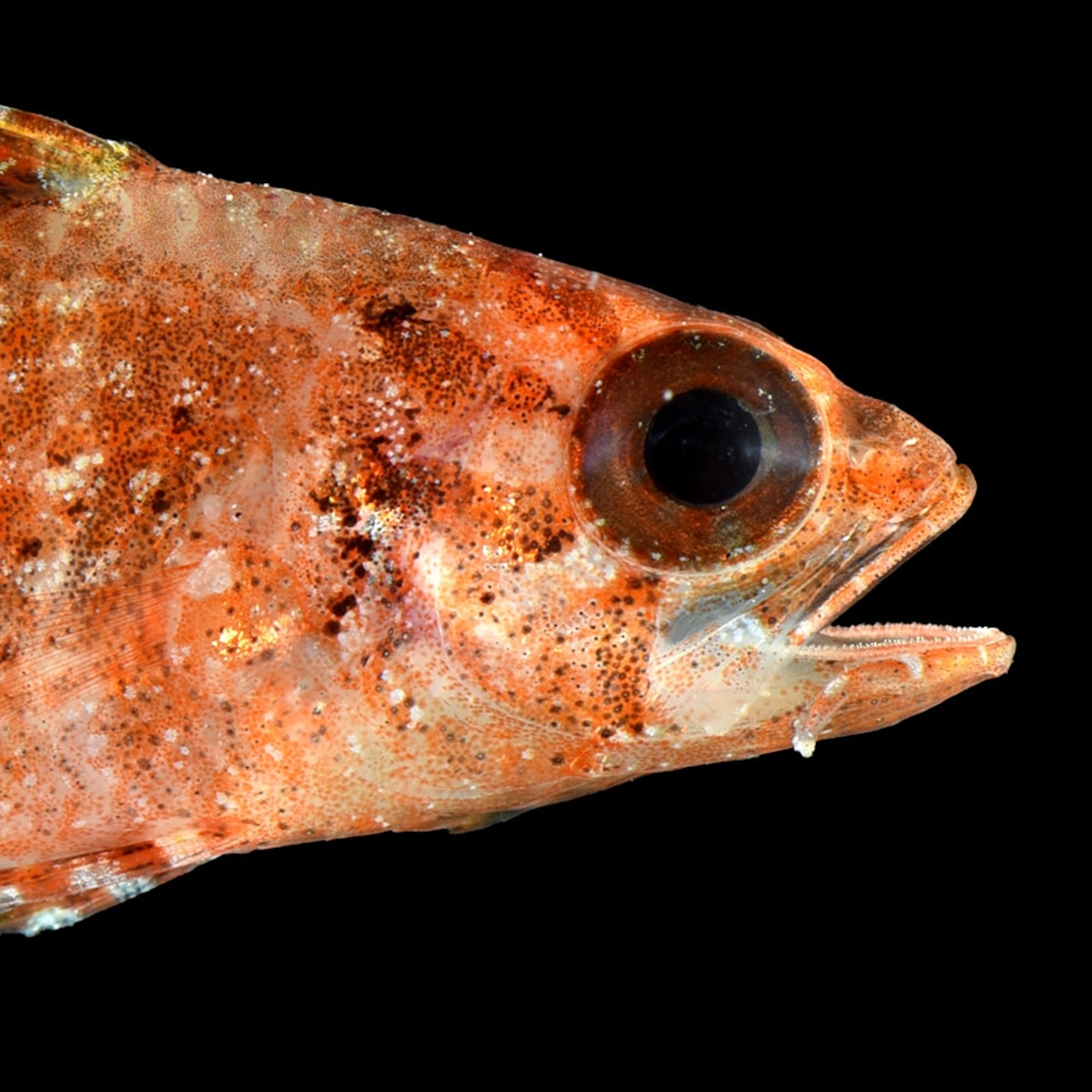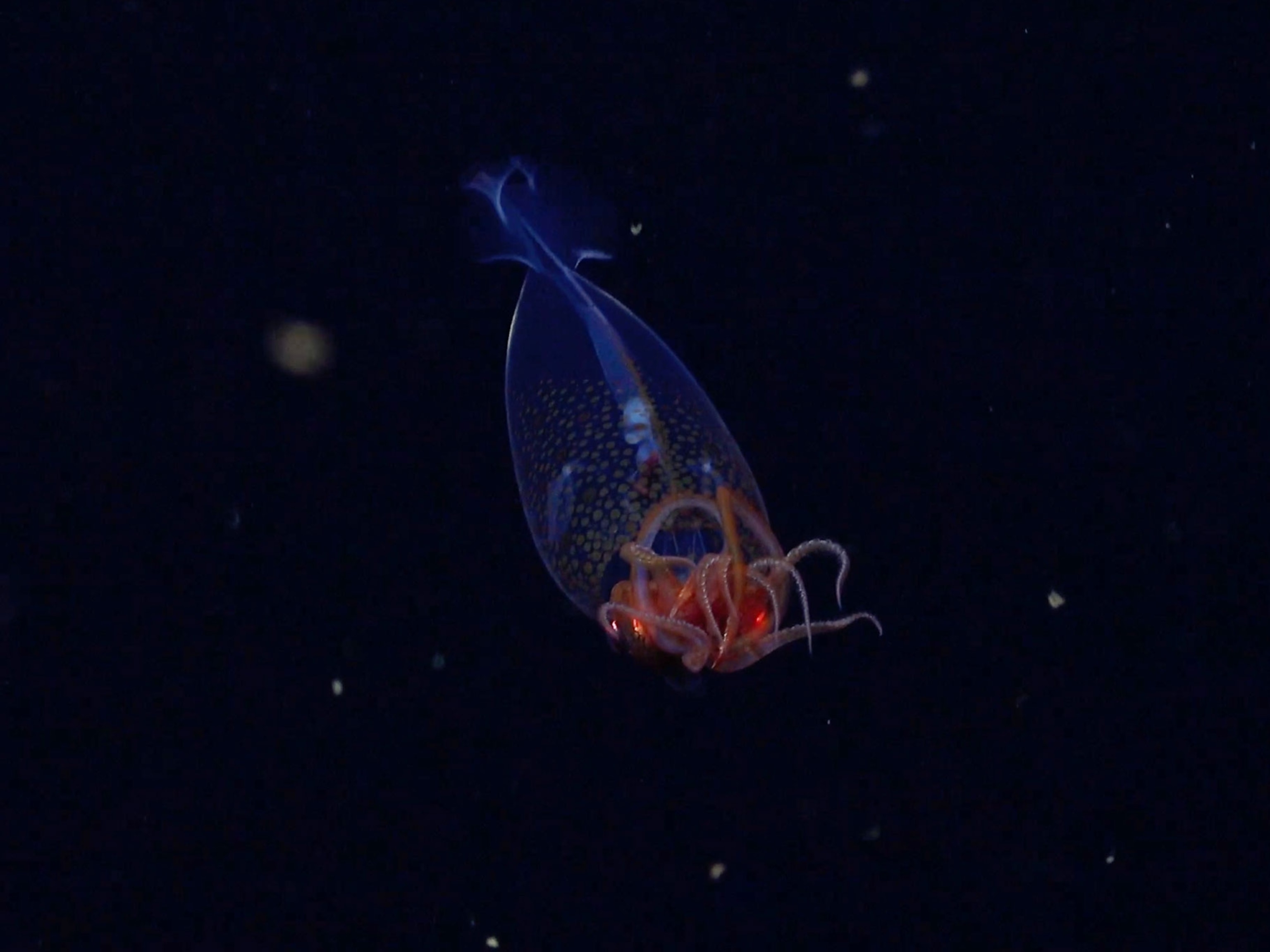Visual illusions remind us that we are not passive decoders of reality but active interpreters. Our eyes capture information from the environment, but our brain can play tricks on us. Perception doesn’t always match reality.
Scientists have used illusions for decades to explore the psychological and cognitive processes that underlie human visual perception. More recently, evidence is emerging that suggests many animals, like us, can perceive and create a range of visual illusions.
Understanding where these illusions arise in different brains could help us not only learn more about how we perceive our world, but also how other animals perceive theirs.
In an August study in Proceedings of the National Academy of Sciences, for example, Yale researchers showed that fruit flies, like humans, can be fooled into seeing motion in an image where there is none, such as the rotating snake illusion, well-known to neuroscientists and psychologists. Moreover, by tracking and manipulating neurons in visual processing areas of the flies’ brains while they were looking at the illusion, they were able to determine that the illusion results from small imbalances in the contributions of different types of motion-detecting neurons.
It’s possible that the same neural mechanism may be at work when humans and other species see illusory motion, too, according to lead author Damon Clark, a professor of molecular, cellular, and developmental biology at Yale University.
“The last common ancestor of flies and humans lived a half-billion years ago, but the two species have evolved similar strategies for perceiving motion,” Clark said. “Understanding these shared strategies can help us more fully understand the human visual system.”
There are numerous examples showing that not only can many animals perceive the same illusions as humans, they also can create and use illusions to trick others.
Moving images
And it’s not just fruit flies and humans—research has shown that monkeys, cats, and fish can all be tricked into seeing motion where there is none.
Some researchers are studying whether illusory motion can be used to enrich the lives of zoo animals. In 2019, Italian researchers presented captive lions with the rotating snake illusion. Two out of three lions interacted with the illusion as if it were moving prey, biting and dragging it around their enclosure. The researchers also reported welfare improvements, including more prosocial behaviors and fewer stereotyped behaviors in the lionesses.
The researchers say they want to try this with more captive animals to see if illusions can help reduce stress and improve their well-being.
Avian illusionists
Every spring in Australia, male great bowerbirds build and maintain structures known as bowers to impress females. The bower consists of a thatched twig tunnel that opens out onto a court, which the male decorates with bones, shells, and stones. When a potential mate enters the avenue, the male stands in the court and displays his objects to her, one by one. Females will visit a handful of bowers before selecting a mate based on the attractiveness of his bower.
Male bowerbirds are very particular about the arrangement of their special objects and rely on an illusion known as forced perspective to give them a boost. They order the objects on the court so that they increase in size as the distance from the tunnel increases: “It doesn’t make sense until you consider that during courtship, the female stands in a predetermined position in the middle of the bower,” says Laura Kelley, a biologist at the University of Exeter.
From the female bird’s point of view, then, the positive size-distance gradient makes all the objects in the court appear to be the same size. Consequently, the female might perceive the court as being smaller than it actually is and the male as bigger. (Read more about bowers and forced perspective.)
Humans have used forced perspective in art and architecture for centuries. Take Cinderella’s castle at Disney World or Sleeping Beauty’s castle at Disneyland, both of which use forced perspective techniques. (The Walt Disney Company is majority owner of National Geographic Partners.)
“The bricks and windows get smaller as the building gets taller, so when you’re at the bottom, your brain is tricked into thinking the building is much taller than it is,” she says.
The trick seems to work for bowerbirds—the males who create higher quality forced perspective illusions get more mates.
Tricking dragons
Scientists are finding that more species of animals than previously known can perceive the same visual illusions we do. The trick is finding a way to ask them what they see.
Christian Agrillo, a psychologist at the University of Padova, in Italy, decided to look for evidence of visual illusions in reptiles, an understudied group of animals when it comes to perception of illusions. In his team’s first experiment, they investigated whether bearded dragons perceive the Delboeuf illusion. In that famous illusion, a solid circle appears to be bigger or smaller depending on the size of the circle surrounding it. (In a real-life example of this, people eating off small plates tend to think their food portions are larger than they really are.)
In testing whether lizards also fall for this illusion, Agrillo says he played to his subjects’ strengths—a love of food.
“You don’t have to train the animal. You just observe its spontaneous preference for the larger amount of food,” he says. “If they are fooled by the illusion, they should prefer the food presented on a smaller dish over the same amount of food on a larger dish.”
That’s exactly what the bearded dragons did, suggesting a sensitivity to the illusion.
The researchers have since tested bearded dragons’ susceptibility to other illusions that also deal with perception of relative size, such as the Müller-Lyer illusion, in which two lines of the same length appear to be different lengths depending on the orientation of arrow marks at the ends, and the horizontal-vertical illusion, in which a vertical line looks longer relative to a bisecting horizontal line of the same length. So far, they have found that the reptiles and humans seem to have similar perception.
Agrillo says that if two species such as bearded dragons and humans perceive the same illusions, it’s likely that they share a similar perceptual mechanism—either inherited from a common ancestor or independently evolved to solve similar problems in their environments.
Cunning cuttlefish
Some animals create their own optical illusions. Think camouflage. While one type of camouflage helps an animal match its environment—such as an Arctic fox in the snow—another type called disruptive coloration disguises the shape and outline of the body itself, says University of Exeter ecologist Martin Stevens.
“Disruptive coloration breaks up the shape and destroys the outline of tell-tale features of the animal’s body, like wings or limbs, and makes it more difficult to detect,” he says. Zebras’ stripes and leopards’ spots are both good examples—the different patches of dark and light help them blend into complex backgrounds.
Stevens has measured disruptive coloration in shore crabs, which come in a wide range of colors and live in many different habitats. He found that crabs living in tidal pools—a visually complex environment—have higher contrast markings than crabs living in more homogenous-looking mudflats. A more complex habitat means the crabs need more extreme disruptive coloration to break up their body outline.

The master of disruptive coloration may be the cuttlefish, which can change the color and pattern of its skin. It can create high-contrast, disruptive patterns, even adopting a broken black-and-white pattern within seconds of being placed on a checkerboard in a lab.
Research looking at when cuttlefish produce these markings has shown the importance of visual markers such as object area, contrast, and edges.
The more scientists look—in the lab and in nature—the more similarities they’re finding between how humans and animals perceive the world. It’s a reminder that even though we may be as different as Homo sapiens and fruit flies, our subjective worlds may be more alike than anyone thought.








